UK SPF Calls for Changes to Improve Spectrum Sharing for 5G

The UK Spectrum Policy Forum, which acts as an industry sounding board for policymakers, has published a new report on how spectrum sharing could be improved to help provide innovative 5G mobile services. At present there’s a risk that the UK could lag behind other countries that “move faster on the introduction of automated sharing.”
Just to recap. Back in 2019 the regulator, Ofcom, enabled various spectrum sharing options (here and here) through two new types of shared access licences (Local Access Licence [LAL] and Shared Access Licence [SAL]), albeit via a somewhat manual process. Some of these have since been used to launch mini mobile networks for specific areas or sites, which share spectrum from one or more of the major network operators.
At the time Ofcom said they would also examine the prospect of moving towards a Dynamic Spectrum Access (DSA) approach supported by a fully automated central database of available bands, although progress has been slow. Today’s report notes how the lack of consensus between stakeholders means that no concrete position has emerged for the introduction of DSA in the UK.
The report also found there was demand for shared spectrum, as evident with applications to Ofcom for shared licences, and that 5G is a particular driver (there’s also some interest in 4G and for IoT / utilities solutions). However, overall demand is still at “relatively low levels“, and there is some uncertainty about how much this will grow in the future.
Dr Abhaya Sumanasena, Chair of the UK SPF Steering Board, said:
“Network Operator’s requirement for more spectrum to meet the ever-increasing data demand, coupled with the increasing challenge for regulators to find usable frequency bands, is forcing the industry to evaluate alternative options. Spectrum sharing is increasingly viewed as a realistic means to help address the demand/supply imbalance.
We are delighted to see the outcome of Cluster 3’s spectrum sharing work, which captures the latest thinking from the industry. We hope the outcome and the recommendations of this work will help policymakers to further develop spectrum sharing as a viable solution to spectrum scarcity.”
The report ends with a series of recommendations, some of which are rather vague (e.g. neutral host concerns) and don’t seem to have been fleshed out enough in the main report.
UK SPF Recommendations (Spectrum Sharing)
1. DCMS / Ofcom should continue to develop understanding of communications use cases that might require shared spectrum (especially but not exclusively based on 5G) through feedback on Testbeds and Trials and ongoing dialogue with industry and others.
2. There should be an increased focus on facilitating solutions for provision of indoor network capability and the authorisation regimes required to support these. (e.g. streamlining the Shared Access Licence application process, possible light licensing or general authorisation of low power 26 GHz indoors if that would be compatible with higher power licensed 26 GHz systems).
3. Concerns about neutral host solutions suggest that Ofcom should study industry concerns and provide greater clarity on regulatory and licensing issues.
4. Ofcom should publish a scope and implementation timetable for automation of shared licence applications. Also KPIs should be developed for the application process to provide greater commercial certainty to licence applicants.
5. Ofcom should address and provide solutions to the issues raised in Section 2.2 on technical matters and restrictions applied to licences.
6. DCMS should evaluate the merits of the three approaches emerging from the workshops, the counterfactual of the existing Ofcom’s SAL approach and research on the introduction of DSA to determine the best approach (i.e. just move to DSA, follow a pragmatic roadmap, no need for DSA).
Mark is a professional technology writer, IT consultant and computer engineer from Dorset (England), he also founded ISPreview in 1999 and enjoys analysing the latest telecoms and broadband developments. Find me on X (Twitter), Mastodon, Facebook and Linkedin.
« BT and BAI Deal to Support Mobile on London Underground
Latest UK ISP News
- FTTP (5523)
- BT (3517)
- Politics (2539)
- Openreach (2298)
- Business (2264)
- Building Digital UK (2245)
- FTTC (2044)
- Mobile Broadband (1974)
- Statistics (1788)
- 4G (1665)
- Virgin Media (1621)
- Ofcom Regulation (1463)
- Fibre Optic (1395)
- Wireless Internet (1389)
- FTTH (1381)






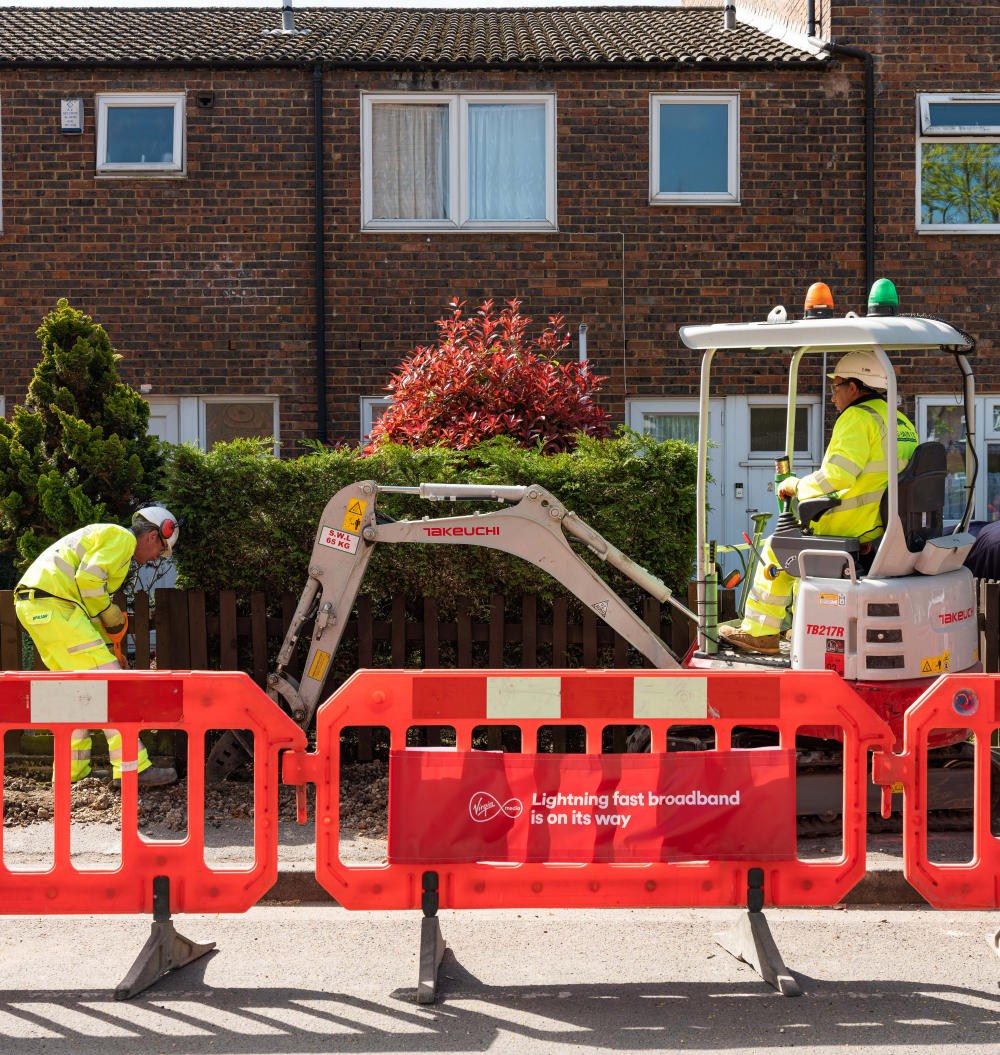


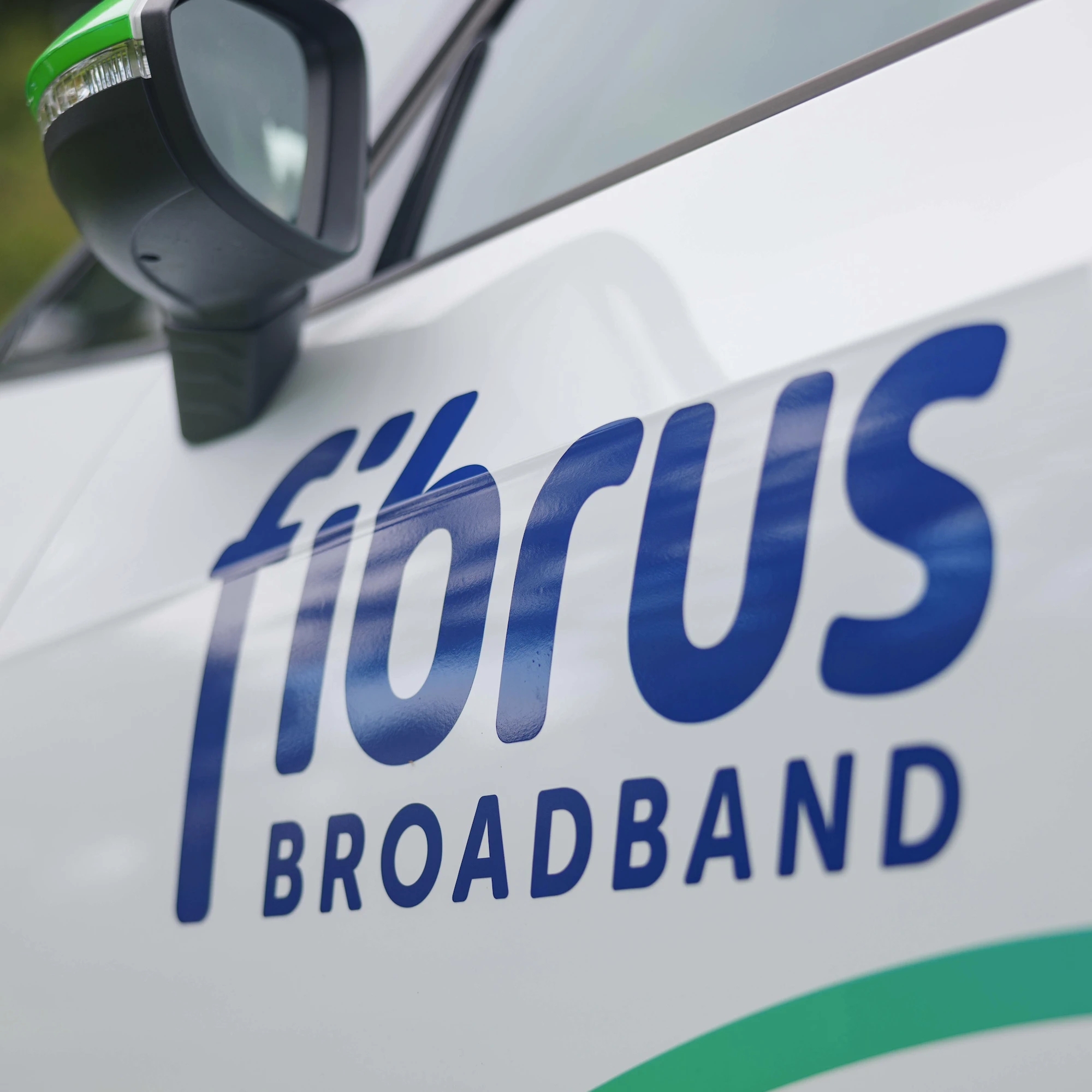
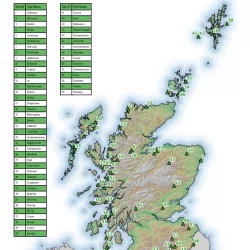




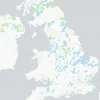







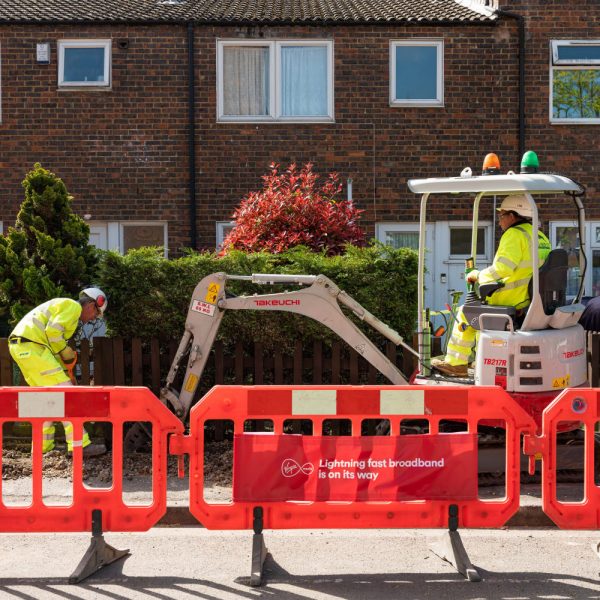
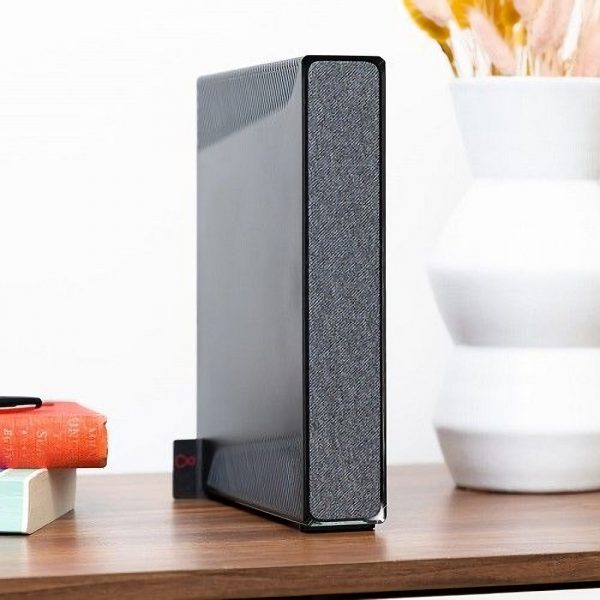
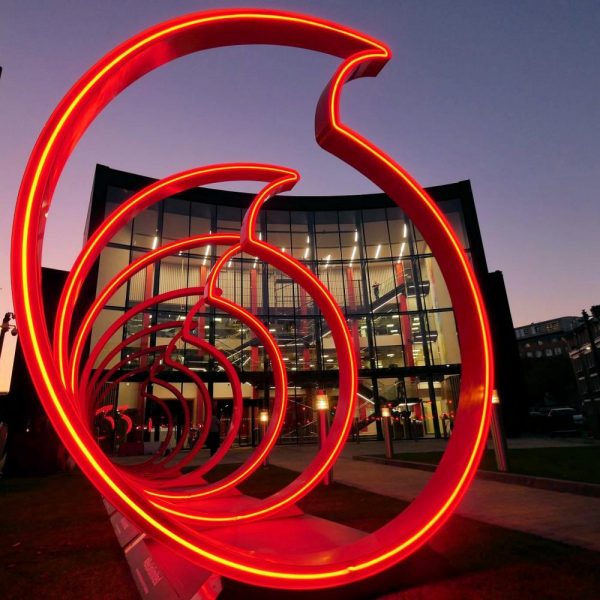
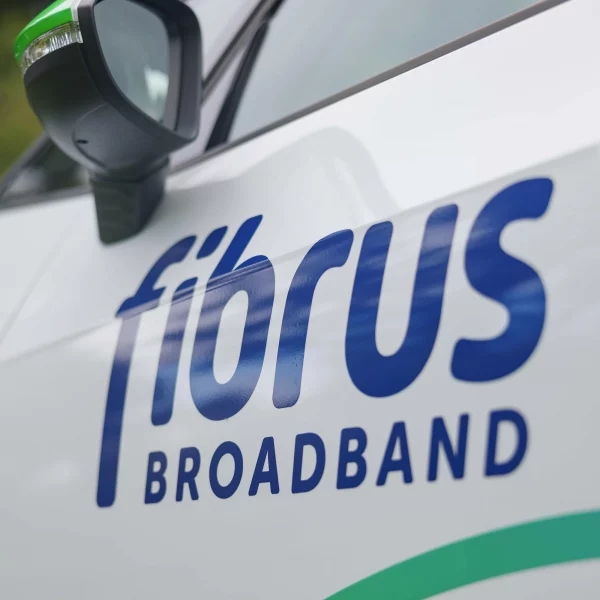


































Umm does this mean that eventually where a mast is located that it would offer 4G/5G coverage to all operators who use it thus vastly improving their coverage eg a small village in Bedfordshire that sees 4G on VMO2, EE and Vodafone but only 3G on Three would actually see 4G on all 4 networks and the speeds encountered would depend more on the backhaul infrastrure?
What it does is provide the ability to setup a mobile network outside of the major operators, which could be run by a different company but still offer you access to O2, EE, Three etc. You can do this for indoor or outdoor solutions, but such networks do have restrictions, and they’re for very particular deployments. There are actually quite a few different approaches here, so it’s tricky to generalise.
For example, I’ve seen private mobile networks setup to serve specific rural villages, or coastal areas, with 4G and 5G connectivity, where the big operators had previously struggled to go. The London Underground is also deploying a neutral host style system for its stations and trains, which is in the news today, but I don’t know the exact detail of that setup.
Kinda misses the point buying a block of spectrum though, doesn’t it? So OFCOM want to have their cake and eat it obviously. (just like Boris!)
Why don’t OFCOM change the billing model for annual spectrum fees?
Charge operators heavily for every Cellsite where the bandwidth ISN’T deployed?
That would get the operators rolling out faster than 1 cellsite a week